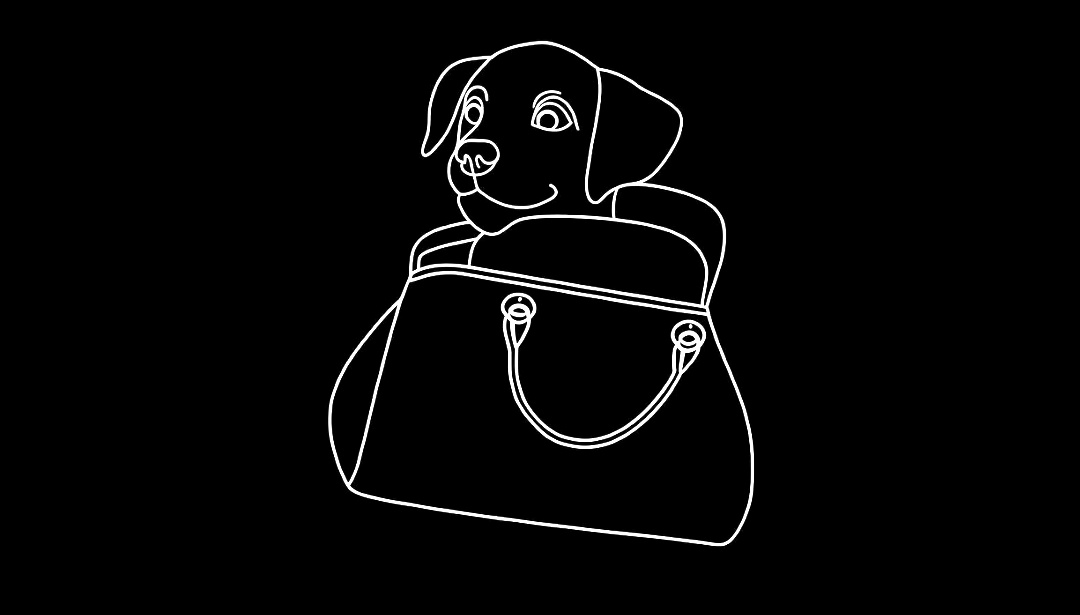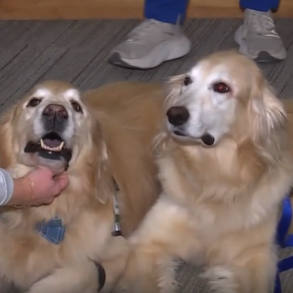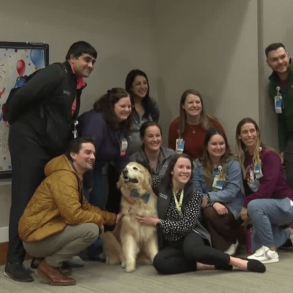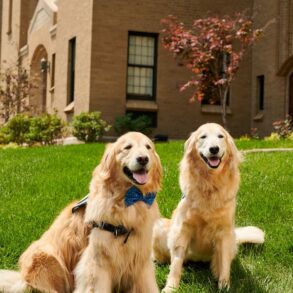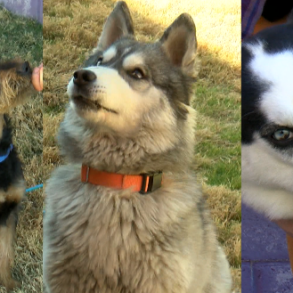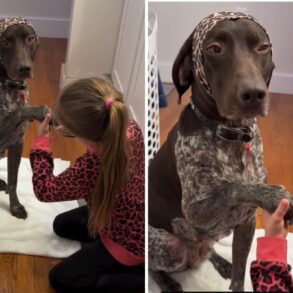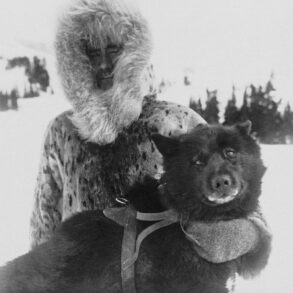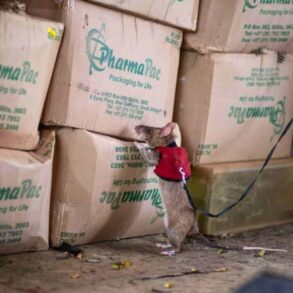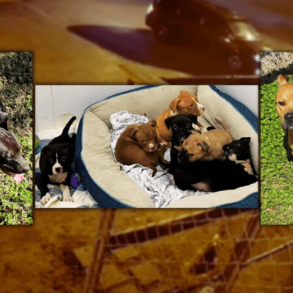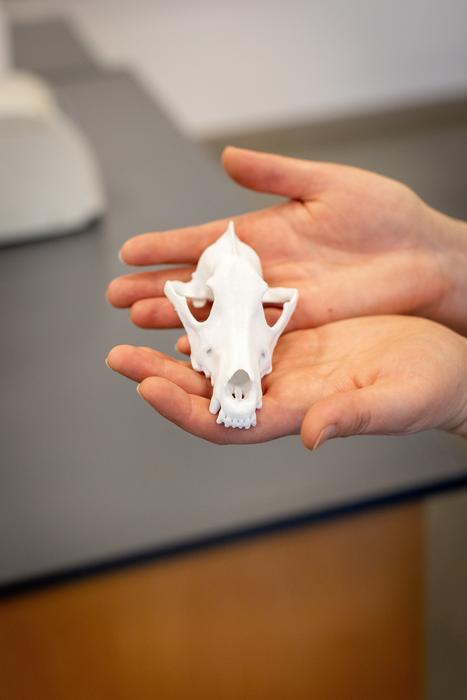
The human-canine bond began more than 30,000 years ago, leading to the extensive domestication of dogs to serve human needs in hunting, protection, and herding. Over time, intentional breeding practices have created hundreds of dog breeds with a wide variety of appearances and behaviors.
The prevailing belief has been that selective breeding enhances a dog’s ability to perform specific tasks, but new research challenges this assumption, at least when it comes to skills associated with the shape of a canine’s skull.
Challenging Traditional Beliefs on Functionality
A recent study conducted by researchers at Chapman University and published in Science Advances questions whether certain breeds are truly superior at biting and smelling due to their skull morphology. The study’s findings suggest that breeding practices have primarily influenced appearance rather than functional performance. While humans have demonstrated the ability to drive rapid physical changes in dogs through selective breeding, the study finds little evidence linking these changes to task specialization.
The study examined 117 skulls from 40 domestic dog breeds and 18 wild canid species using advanced 3D morphometric analysis. The results indicate that, despite the exceptional diversity in skull shapes among domestic breeds, these variations do not correspond to structural adaptations necessary for biting and smelling.
Read More: It’s Time To Rethink Dog Breed Stereotypes
Bite Force and Scent Work
To assess whether specific breeds possess skull adaptations that make them better suited for bite force or scent work, researchers analyzed skull morphology using geometric morphometric techniques.
The study found no significant grouping of skull shapes associated with breeds historically bred for these tasks. Instead, there was considerable overlap among different breeds, reinforcing the conclusion that domesticated dogs have not been structurally specialized for functional roles.
Moreover, previous studies have found no significant differences in internal olfactory structures or genetic markers related to scent work across domestic dog breeds and even suggest that, despite selective breeding, groups like scent hounds may perform less effectively at scent tasks compared to wild canids such as wolves and foxes.
Similarly, bite-force measurements showed no specialization among breeds traditionally associated with biting tasks, such as those used in law enforcement or protection roles. These findings further undermine the notion that selective breeding has led to functionally superior traits in certain breeds.
Debunking the Locking-Jaw Myth
One of the persistent myths surrounding certain breeds, particularly pit bull-type dogs, is that they possess uniquely strong jaws or a “locking” mechanism that makes their bites more powerful or dangerous.
The study contradicts this claim, showing that no morphological features support the idea that some breeds have an inherently stronger or more secure bite than others of similar size. This challenges long-held misconceptions that have fueled breed-specific legislation and biased perceptions of certain dogs.
Behavior Over Morphology
Rather than focusing on physical traits, the study highlights behavior and trainability as more critical factors in a dog’s ability to perform specialized tasks. Behavioral traits have a heritable component and are more readily observable than skeletal structure when assessing a dog’s suitability for specific work.
For example, while a Labrador Retriever may display the same bite force as a German Shepherd, the latter consistently excels in protection work due to its innate behavioral tendencies. The study suggests that kennel clubs and training programs of law enforcement and service dog organizations might be better off prioritizing behavioral traits over morphological characteristics when selecting dogs for working roles. This approach could improve the effectiveness of training programs while also making the selection process more cost-efficient.
The findings suggest that, despite the ability to create extreme morphological diversity in dogs, humans have not successfully bred dogs for structural specialization in functional tasks.
As Lindsay Waldrop, an assistant professor of biological sciences at Chapman University, noted in a press release, their assumptions that dogs’ distinct appearances reflect adaptations for specific tasks – such as biting or scent work – was not supported by their study, at least when it comes to skull structure.
Read More: 5 Dog Breeds That Have Changed Over The Past 100 Years
Article Sources
Our writers at Discovermagazine.com use peer-reviewed studies and high-quality sources for our articles, and our editors review for scientific accuracy and editorial standards. Review the sources used below for this article:
Having worked as a biomedical research assistant in labs across three countries, Jenny excels at translating complex scientific concepts – ranging from medical breakthroughs and pharmacological discoveries to the latest in nutrition – into engaging, accessible content. Her interests extend to topics such as human evolution, psychology, and quirky animal stories. When she’s not immersed in a popular science book, you’ll find her catching waves or cruising around Vancouver Island on her longboard.
This post was originally published on this site be sure to check out more of their content.
